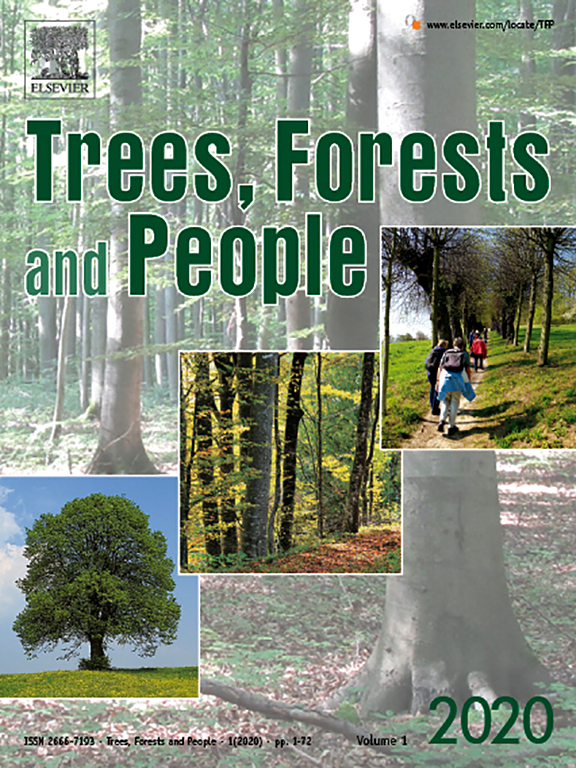Key messages
- The food system in Kenya contributes a significant proportion (72%) to total national anthropogenic greenhouse gas (GHG) emissions – considerably higher than the global average (31%)
- The three primary sources of emissions in Kenya’s food system, ranked in decreasing order of importance, are: (i) enteric fermentation, accounting for 56% of total food system emissions; (ii) manure management on pasture contributing 24% of total food system emissions; and (iii) food system waste disposal, responsible for 11% of emissions. Mitigation strategies in Kenya’s food system should prioritize reducing emissions from these sources, and continue and expand actions to increase forest-related carbon sinks.
- Beyond-farmgate emissions represent a significant and growing share (13%) of total food system emissions. Within this sector, food system waste disposal is by far the main source of emission (83% of pre- and post-production emissions). Food loss and waste emissions can be effectively reduced through improving energy efficiency and minimizing food loss along food value chains, minimizing food waste in retail and consumer households, and enhancing value chain integration through actions like biomass management.
- Effective climate action planning should not only consider the size of sectoral emissions, but also the cost and feasibility (referred to as ‘political economy’) of implementing transformative measures.
- A comprehensive and integrated approach to reducing GHG emissions, encompassing the entire food supply chain from production to disposal, can be integrated across sectors to ensure efficient and effective implementation of Kenya’s Nationally Determined Contribution (NDC).
Download:
DOI:
https://doi.org/10.17528/cifor-icraf/008994Dimensões Contagem de citações:
Ano de publicação
2023
Autores
Martius, C.; Pingault, N.; Guérin, L.; Mwambo, F.
Idioma
English
Palavras-chave
food systems, emissions, climate change, supply chain, policy analysis, socioeconomics
Geográfico
Kenya


















